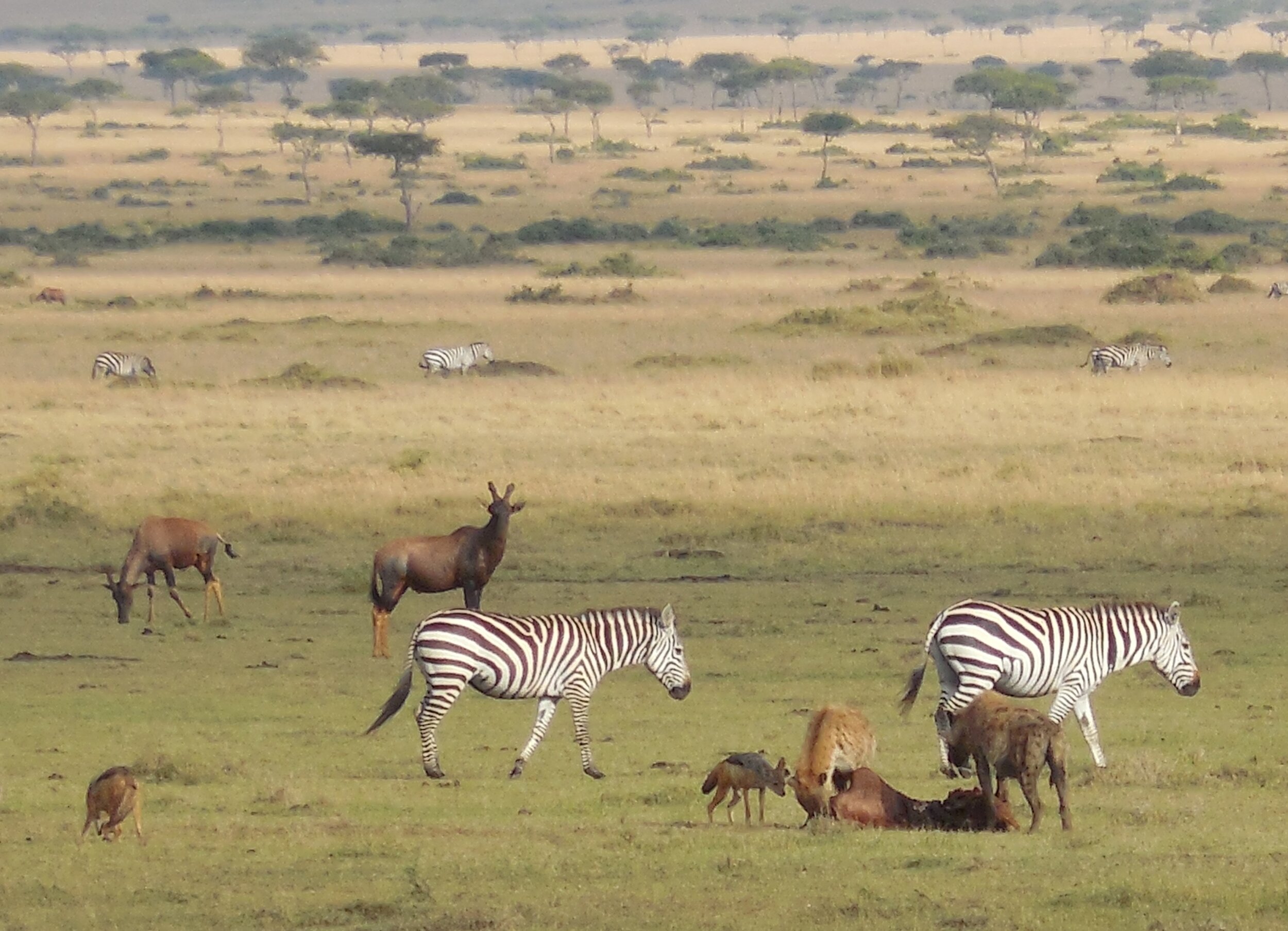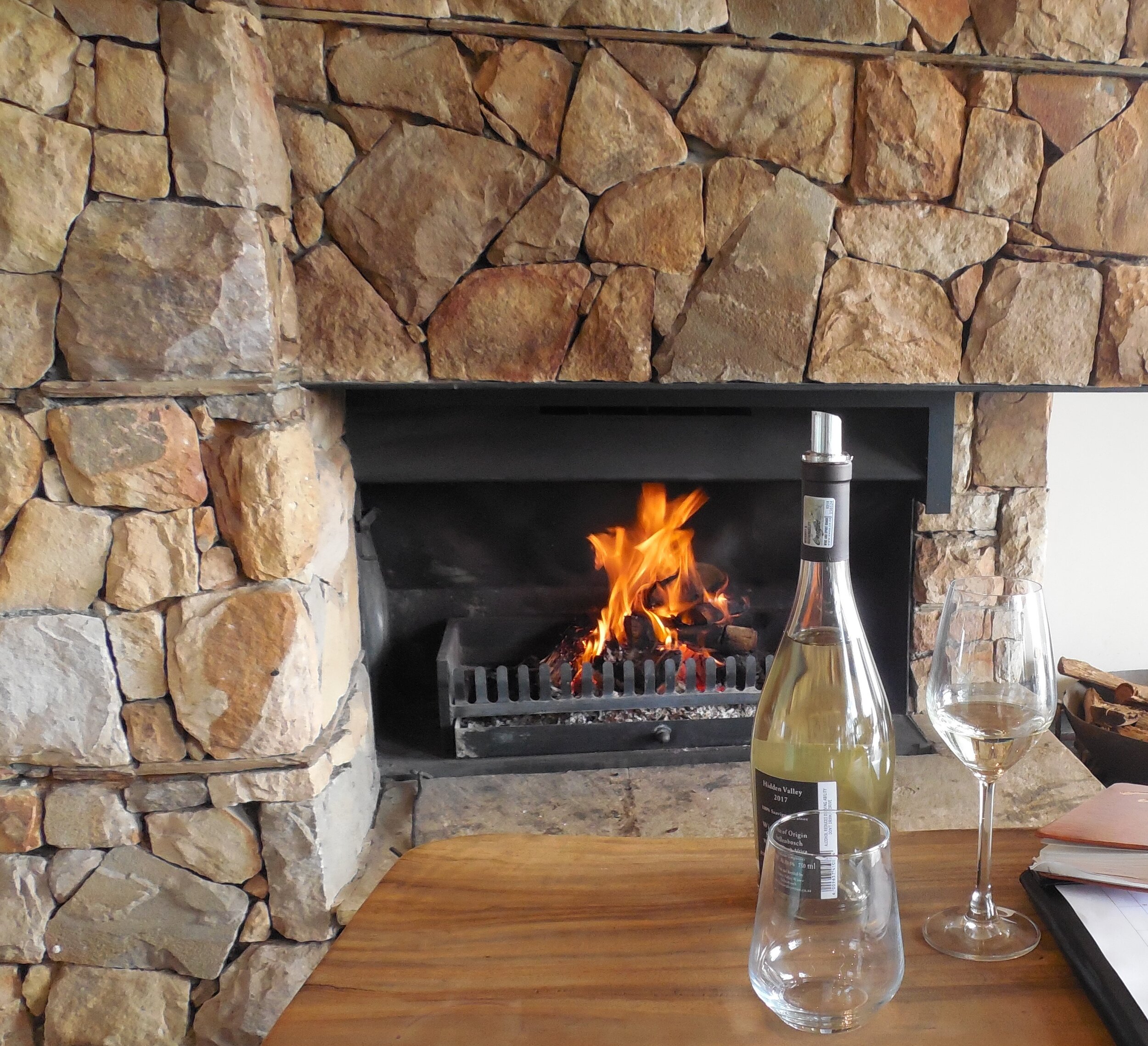One of the questions I am most frequently asked is “when is the best time to on an African Safari?” As I always say, it depends on what you want see.
Gorillas? The Big 5? Great Migration? Cultural Experiences? Wine Tasting? Helicopter Rides? Train Travel? Surfing?
The question I dread the most is someone asking about booking a Safari last minute – especially for High Seasons and the Great Migration. Here are five distinct Safaris and when to book.
If you still have questions, I am happy to answer them & you can contact me here.
Maasai Mara, Early Migration Starting in Kenya 2014 ©Flyga Twiga™ LLC
Kenya Great Migration
Many who grew up watching National Geographic® have their hearts set on seeing the Great Migration. One of the largest and most famous mammal migrations on the planet sees the vast herds following the rains for the grasslands.
In Kenya, a country known for its magical beauty and hospitality, this migration takes place in August through October. The Great Migration can begin early and thus the herds start transiting into Kenya earlier than August. Kenya’s High Season for the Great Migration begins July 1st.
The most important aspect of planning your bespoke Kenyan Great Migration Safari is being aware that Lodges start booking over a year in advance. Last minute bookings can be extraordinarily expensive. So, planning your personal and unique Great Migration Kenyan Safari should start at least a year before you plan to travel.
Maasai Cultural Experience ©Flyga Twiga™ LLC
Kenya “Low Season” aka “Perfect Season”
If you have a vision of being alone out on the Savannah, with the total quiet of just you and the animals, then the Kenyan “Low Season” may be perfect for you.
Running April 1st through June 30th and November 1st through November 30th, this Season offers less crowds. Hotels, Lodges, Restaurants, Museums, and National Parks are less crowded. And, Lodges are often more open for shorter notice bookings.
Part of having less crowds can also offer more opportunities to engage in one-on-one Cultural Experiences. Also, the famous Tea and Coffee Plantation Tours are easier to obtain.
Add to this your overall “bang for your buck” and I personally think this is the Perfect Season for a Kenyan Safari.
Mossel Bay South Africa ©Flyga Twiga™ LLC
South Africa Summer
It is important to remember that South Africa is in the Southern Hemisphere. Thus their Winter and Summers are the opposite of those in the Northern Hemisphere Countries, such as United States and South Korea.
A “Winter’s Getaway” is an inspiration for many who travel to South Africa Summer Safari. Leaving the cold and snow of Winter and traveling to the warm South African beaches or the vibrant vineyards in full bloom, in addition to seeing “The Big Five”, tantalizes many travelers.
It is important to note that many others have the same idea. Lodges and Game Reserves book up quickly and accordingly. Thus, planning should be made well in advance. It is not unheard of for flights and hotels to be book far ahead of the South African Summer.
Seeing the animals during the height of a South Africa Summer, combined with the beaches, wineries, and spectacular weather makes it a great time to Safari.
Wine Tasting South Africa ©Flyga Twiga™ LLC
South Africa Winter
South Africa has a temperate climate. So, South African Winter Safaris offer a different experience in seeing the animals. With the grasses on the Bushveld dry and less, spotting animals in this Season can make for spectacular photographs.
Part of this exceptional experience may be chilly mornings and evenings. Often on South African Winter Safaris, early morning Game Drives will start with blankets and hot water bottles. Evenings may be spent cozying up to a fire for an evening Braai. Romantic indeed!
There are often less crowds in the Wineries for tastings during this Season. And, the costs and lead time needed for planning can be less.
As with all Safaris, planning well in advance gives you the most options and choices. It is all about what your vision for your special Safari!
Uganda Gorilla Trekking
As Gorilla Trekking is one of the most exclusive and exciting Safari Experiences there is, it would be easy to say “it is always a good time to go Gorilla Trekking!” It seems the Uganda Wildlife Authority picked up on this. They have just changed their system to a flat fee for Gorilla Trekking Conservation Tariff, to begin July 2020. The new fees may be found here.
High Season in Uganda is considered January through February, and all the months of June, July, August, September, and October. With Low Season being the entire months of March, April, May, October, November, and December.
Planning for Gorilla Trekking in Uganda should be done as far in advance as possible. Each National Park only offers only a set amount of Gorilla Trekking Permits each day. And, while there are always tales of people who “just arrived in the country and got the permits there” it is, in my opinion, foolhardy to run the risk.
And, one of the most important considerations is one of my most favorite parks in the world, Mgahinga Gorilla National Park, only has one family. So, if your “Gorillas in the Mist” dreams include a specific family, please take that into consideration for when to go and when to book your Gorilla Trekking.
Again, if you have any questions about what this blog post and your African Safari, please feel free to contact me. I love talking about Safaris and sharing my passion for Africa’s Wildlife with you!
Twiga in Uganda ©Flyga Twiga™ LLC






